As parents, you want what is best for your child. You’ll be surprised to find that foods you feed your little kids might actually be harming them. Take a look…
1. Honey
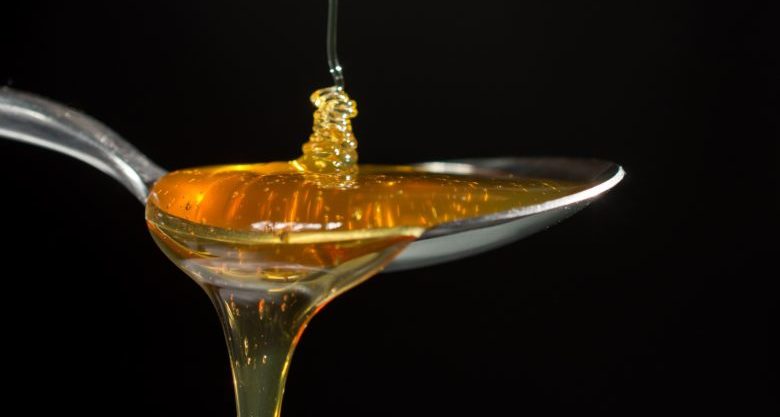
There is a slight but dangerous chance honey may contain a bacteria called Clostridium. This bacteria is usually found in soil and dust, but can make its way into honey. If consumed by babies under one year, it can result in infant botulism. The symptoms of this are scary: weakened muscles and possibly even floppiness, inability to suck properly, weak cry and constipation. Avoid giving your baby honey until he or she has blown out one birthday candle. This goes for processed foods containing honey, too. Two examples include honey graham crackers and Honey Nut Cheerios.
2. Froot Loops
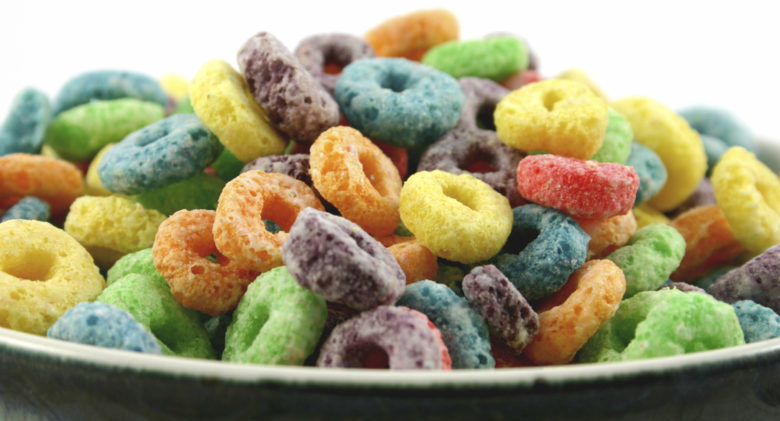
It’s a cute name, especially the spelling which also suggests—quite accurately—that there might be froot but there isn’t any fruit. Froot Loops are corn- and soy-based, and the first ingredient on the list of ingredients is sugar. 10 grams of it. That’s twice the recommended amount of what you’d find in healthier cereals. On top of that are the different dyes in the loops: Red 40, Yellow 6, Blue 1. Delicious!! Dyes have been associated with attention deficit and hyperactivity and disorder (ADHD). A bowl full of sugar and artificial colors is probably not the best way to start your child’s day.
3. Pepperidge Farm’s Goldfish
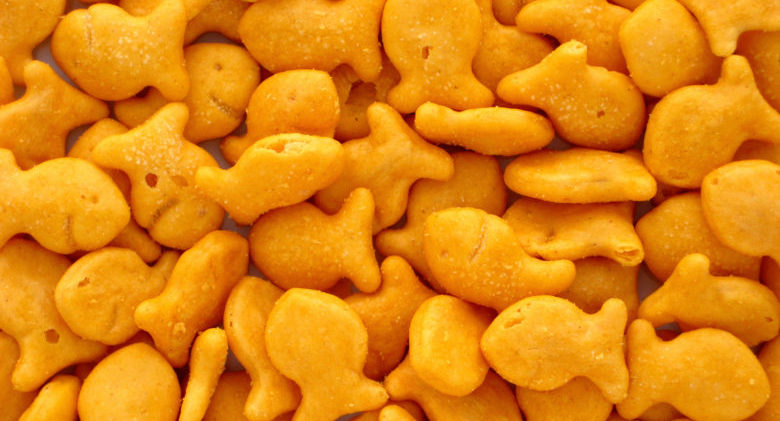
Goldfish are easy to prepare, fun to serve and delicious to eat. But wait a minute, Mom (or Dad), that does not make them healthy. For starters, they may have the word “Natural” on the package, but that does not make it so. In 2012, Pepperidge Farm was sued because of their “natural” claims on the label. The little fish are essentially enriched wheat flour. “Enriched” means the nutritious parts of the wheat were stripped away and then added back during processing. The iron, an essential mineral, is not in a form that our bodies can absorb fully. And these fish have folic acid which has been linked to cancer in foods that are “fortified” with it. Even the vegetable oils are not processed in a healthy way.
4. Kellogg’s Pop-Tarts
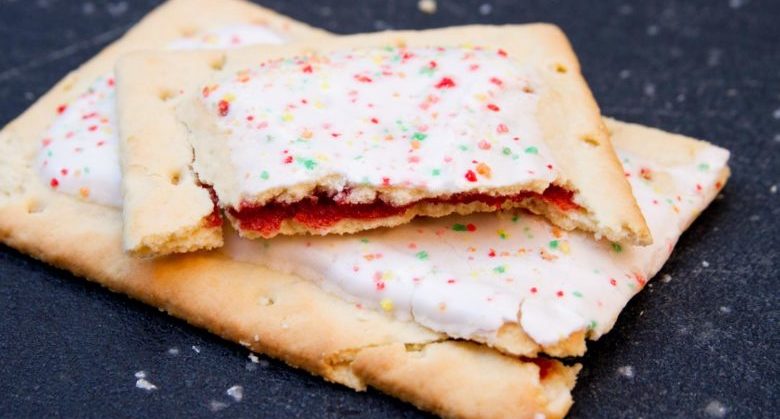
Pop-Tarts taste good, but good for your baby they are not. The package might say “Real Fruit,” but only 10% of the fruit stuffing is real. The other 90% is comprised of enriched flour, palm and soybean, artificial colors and sugar, sugar, sugar. 16 grams, to be exact, in each rectangular pastry. (That’s about 4 teaspoons of sugar!) They’re also chok full of corn syrup and high fructose corn syrup. Then there are the colorful and fun dyes adorning each pastry. The dyes are made of Red 40, Yellow 6, and Blue 1. The dyes are thought to be associated with hyperactivity in children and possibly asthma, skin rashes and migraine headaches. Still sound delicious?
5. Soda
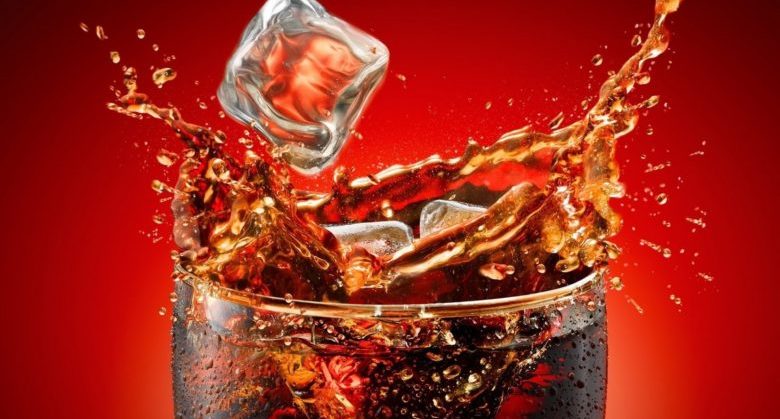
There is absolutely no nutritional value in soda whatsoever and plenty of negatives to keep it off the table. A cup of soda can have as much as 25 grams of sugar in it. That’s 6 ¼ teaspoons of sugar. This alone should inspire you to avoid letting your children drink soda because too much sugar can lead to diabetes, insulin resistance, obesity and heart trouble. It can also ruin kids’ teeth, weaken their bones, and cause hyperactive tendencies. One more (of many) reasons soda is not good is the high fructose corn syrup. Sugar in this form makes you crave more. That’s why one cup of soda is never enough. But really, one cup of soda is more than enough.
6. Fast Food
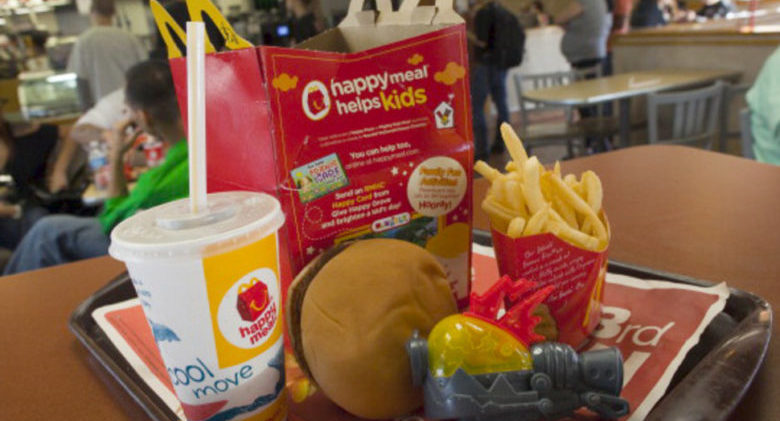
Fast foods are typically high in calories, saturated fat and trans fat, sugar, simple carbohydrates and sodium. Yum! A typical kid’s meal hamburger and fries, plus drink, from a leading fast food restaurant has 520 calories and 8 grams saturated fat. Ten apples contain 520 calories. Can your child eat 10 apples? Or will two fill his belly? It’s not exactly an (excuse the pun) apples to apples comparison, but there is a point: fast food packs a lot of calories. Children who eat fast food twice a week are likely to gain an extra 6 pounds per year, and one third of kids and adolescents eat fast food on any given day. Don’t let your kids be in the one-third.
7. Carrots
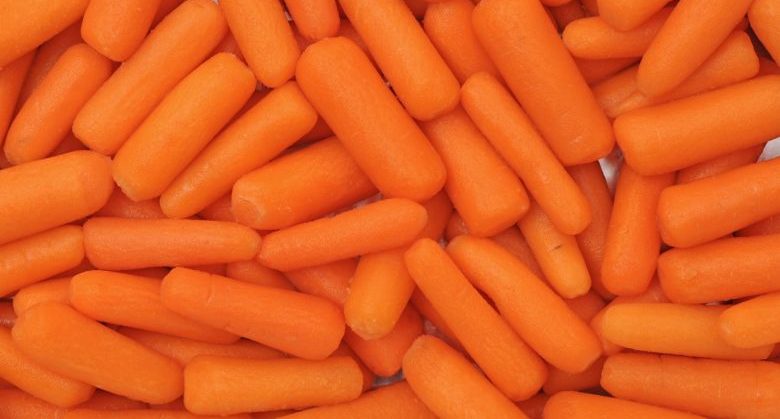
Even if your baby has a couple teeth, avoid giving him or her hard foods, even vegetables like carrots or healthy snacks like popcorn. These can cause a young child to choke. Choking is, unfortunately, a common cause of injury and even death in young ones, mainly because they have small airways that can easily be obstructed. And they lack the force or know-how to dislodge items, usually food, that may block their windpipe. Wait until your baby is at least 4 months old before feeding him pureed solid foods.
8. Coffee
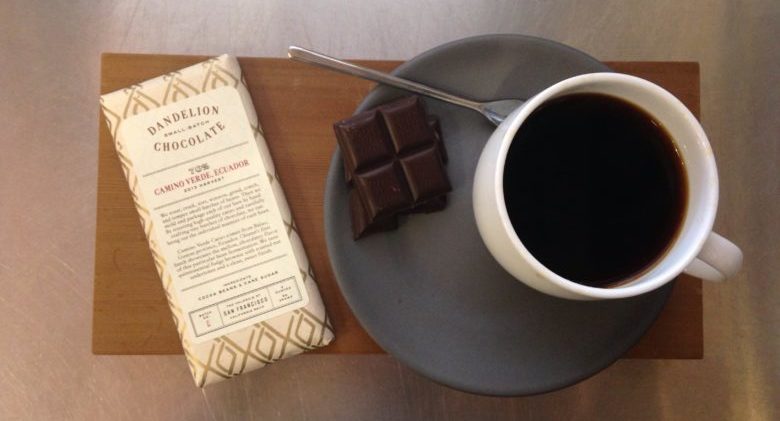
Hopefully it’s a no-brainer. It’s really the caffeine you want to avoid feeding your child. This nervous system stimulant is in more than just coffee: it’s in soda, tea, chocolate bars and ice cream. We’re not saying cut these out; just read the label before purchasing because in little people, caffeine can cause them to be hyperactive, nervous, anxious, worsen stomach problems and create problems sleeping. There are products in each of the categories above that offer a caffeine-free alternative. For example, 7-UP has no caffeine and carob bars are a good substitute for chocolate bars.
9. Fish
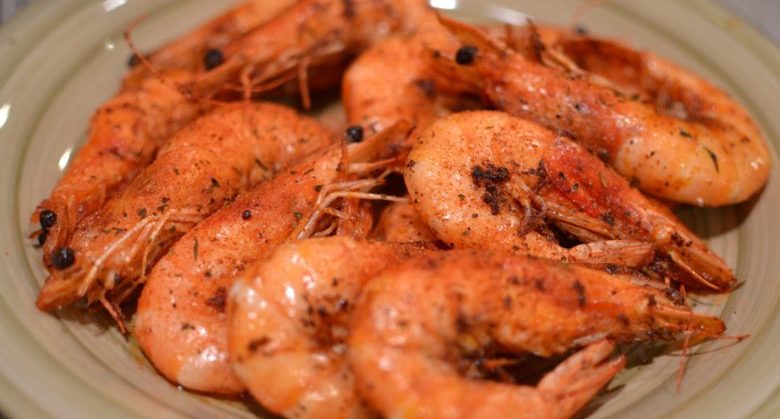
Most doctors recommend waiting until a child is at least 9 months to introduce fish to their diet. As for shellfish, it’s safer to wait until they reach their first birthday before trying clams, shrimp or lobster. (Lobster for a one year-old…really?) Shellfish are among the leading foods that cause allergic reactions, and so to wait until your child’s immune system is more developed is a safe course to reduce the risk of an allergic reaction.
10. French Fries

It does not matter that they come from potatoes and potatoes are one of the most nutritional foods on the planet. Once they’re dropped into that frying vat, the health bennies disappear like the steam from the boiling oil. They’re stripped of the skin which contains many of the nutrients, including the fiber, and they’re heavily salted. That’s 3 strikes right there. Frying potatoes may also form acrylamide, a chemical that might cause cancer. Finally, a small bag of fries contains about 230 calories—bereft of nutrition, these are empty calories that taste good but do no good.
[Featured Image Credit: www.iowastatedaily.com]
